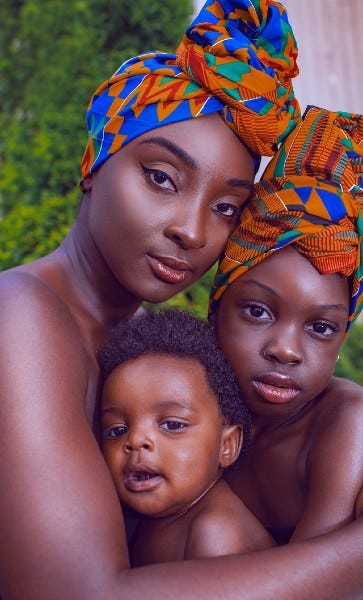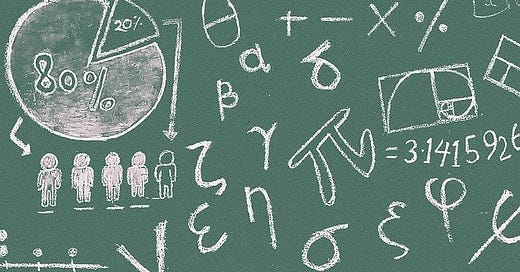When math class becomes a black history lesson
How to engage a distracted crowd of black students during the Black Lives Matter movement

Both students and adults have heard the “I’m not a math person” saying. But is it really that students who love reading and writing don’t care for math? Or, is it that they’re not finding topics that are relevant and interesting enough to make them want to explore science, technology, engineering and mathematics (STEM) disciplines?
In a 2015 National Assessment of Educational Progress (NAEP) assessment, students in various grades (fourth grade, eighth grade, twelfth grade) answered survey questions about their interest levels in mathematics, reading and science. The results were more positive than one may expect.
Students who reported that mathematics, reading or science was their favorite subject or activity scored high on the 2015 NAEP assessment compared to students who reported less interest. More male than female students reported that mathematics and science were their favorite subjects and expressed more positive views of these subjects. More female students reported that reading was their favorite activity and expressed more positive views of reading.
ADVERTISEMENT ~ Amazon
As an Amazon affiliate, I earn a percentage from purchases with my referral links. I know some consumers are choosing to boycott Amazon for its DEI removal. However, after thinking about this thoroughly, I want to continue promoting cool products from small businesses, women-owned businesses and (specifically) Black-owned businesses who still feature their items on Amazon. As of the first date of Black History Month 2025, each new post will ALWAYS include a MINIMUM of one product sold by a Black-owned business. (I have visited the seller’s official site to verify that Amazon Black-owned logo.) I am (slowly) doing this with older, popular posts too. If you still choose to boycott, I 100% respect that decision.
And while it’s easy to come to the conclusion that boys like math more than girls, or that students who enjoyed any of these three topics may be “smarter” than others, there’s one school subject that doesn’t get explored enough. If it’s utilized more, it may be the bridge that helps both male and female students appreciate mathematics even more: social justice.
Connecting Family to Math
Databases like 23andme and Ancestry can be used as powerful tools for contextualizing mathematics, according to a 1996 study completed by Jacqueline Leonard (University of Wyoming) entitled “Black Lives Matter in Teaching Mathematics for Social Justice.” Inspired by Alex Haley’s book series “Roots,” the mathematics teacher used genetics and genealogy “as a way to engage my students in culturally relevant mathematics.”

For any student who has completed a family tree, initially Leonard’s assignment does not sound particularly unique. Students traced their parents, grandparents, great-grandparents and so on. One African-American student was able to trace her family for six generations. A white student realized she was related to inventor Benjamin Franklin.




